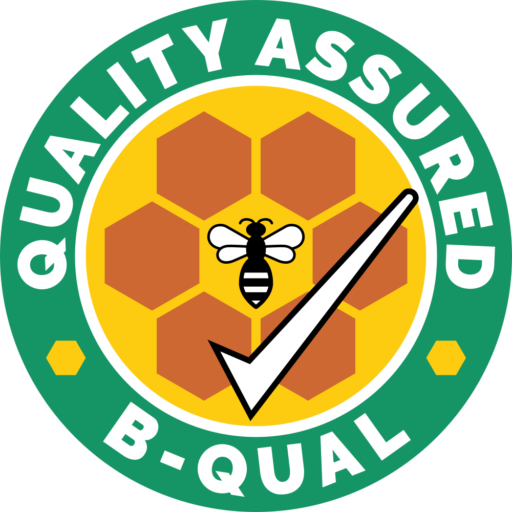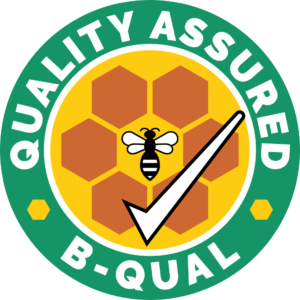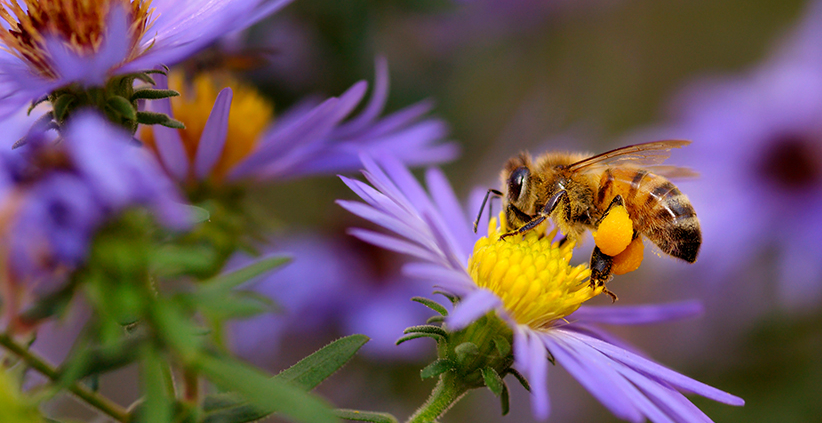Creating Bee-Friendly Habitats: A Guide to Planting for Pollinators
Planning for long-term sustainability
As commercial beekeepers in Australia, we’ve long known that our industry doesn’t exist in isolation. The health and survival of our colonies depend on the landscapes that surround them. It’s not just about honey yields—it’s about sustaining pollinators by ensuring they have reliable, nutritious forage throughout the year. Creating bee-friendly habitats is one of the most practical ways we can give back to the bees that give us so much.
Why Planting Matters for Beekeepers
Australia’s landscapes are unique, but they’re also under increasing pressure from urbanisation, agriculture, and climate variability. In many regions, monocultures leave bees with limited food options. By planting diverse, nectar- and pollen-rich species, we provide hives with continuous nutrition, strengthen colony resilience, and improve pollination outcomes for crops. The return on investment isn’t just ecological—it’s also economic. Stronger, healthier bees translate directly into more productive hives.
Choosing Native Species for Long-Term Benefit
For those of us managing commercial operations, planting native species makes strategic sense. Eucalypts, melaleucas, and grevilleas not only thrive in Australian conditions but also provide a consistent and reliable nectar source. Different varieties flower at different times, which helps bridge forage gaps across seasons. Native shrubs and ground covers also attract wild pollinators, creating a healthier, more balanced ecosystem that benefits bees and biodiversity alike.
Incorporating Forage Diversity Near Apiaries
When planning forage areas near apiaries, diversity is the key. A mix of natives and non-invasive exotics such as lavender, rosemary, and clover provides a spread of nectar and pollen sources. By staggering bloom times, we reduce the stress of “hungry gaps” when natural forage is scarce. Even planting windbreaks or shelterbelts with bee-friendly species can improve microclimates for hives and reduce colony stress during extreme weather.
Working with Landowners and Communities
As commercial beekeepers we don’t always have the land resources to plant extensively, but collaboration opens up new possibilities. Partnering with farmers, councils, or landcare groups allows us to expand pollinator-friendly corridors across broader landscapes. Farmers benefit from improved pollination, while bees gain access to diverse forage—an outcome that strengthens both agriculture and apiculture. Many communities are also keen to support pollinators, and shared planting projects can foster public awareness about the critical role of bees.
Planning for Drought and Climate Challenges
Australian beekeepers are all too familiar with droughts, floods, and bushfires. Planting for pollinators needs to take resilience into account. Drought-tolerant natives, deep-rooted perennials, and species adapted to local conditions ensure that forage remains available even in harsh seasons. Strategic planting reduces reliance on sugar feeding and supplements, helping hives survive and thrive despite climatic fluctuations.Suggested planting list
Suggested planting
Native Species
- Eucalypts (various species) – Major nectar and pollen source, with different flowering times across regions.
- Melaleuca (Paperbark, Tea Tree) – Excellent nectar flow, tolerant to wet soils.
- Callistemon (Bottlebrush) – Reliable nectar, flowers multiple times a year in some climates.
- Grevillea – Long flowering season, attracts both honeybees and native pollinators.
- Acacia (Wattle) – Early pollen source, crucial for colony buildup.
- Banksia – Winter and early spring flowering, excellent for bridging forage gaps.
- Leptospermum (Tea Tree/Manuka) – High-value nectar, supports premium honey production.
Non-Native but Beneficial Species (non-invasive)
- Fruit Trees (Citrus, Apple, Stonefruit) – Valuable spring nectar and pollen, dual benefit for orchards.
- Lavender – Long flowering, drought-tolerant, nectar-rich.
- Rosemary – Hardy, flowers multiple times a year, early nectar.
- Clover (White, Red) – Excellent nectar and pollen for strong brood rearing.
- Sunflowers – High pollen, seasonal boost for colonies.
- Borage – Fast-growing, continuous nectar source, regenerates easily.
- Canola (Rapeseed) – High protein pollen. Abundant nectar flow during bloom. Supports honey yields. Also excellent for building up bees and breeding, which you can split hives to make up another load of bees.
- Fruit Trees (Citrus, Apple, Stonefruit) – Valuable spring nectar and pollen, dual benefit for orchards.
Strategic Benefits
Crop Pollination Synergy: Clover, Sunflowers, Canola, and orchards boost both honey and pollination services.
Drought Tolerance: Eucalypt, Grevillea, Lavender, Rosemary.
Winter Forage: Banksia, some Grevillea, early Acacia.
Year-Round Continuity: By mixing natives and hardy exotics, gaps in nectar flow can be reduced.
Conclusion: A Long-Term Investment in Our Industry
Creating bee-friendly habitats isn’t a side project—it’s a cornerstone of sustainable beekeeping. By investing in planting strategies, we safeguard the health of our colonies, strengthen our industry’s future, and contribute to Australia’s biodiversity. As commercial beekeepers, we know the responsibility doesn’t end at the hive—it extends to the landscapes our bees depend on. Planting for pollinators is one of the most effective ways we can secure the future of both our bees and our livelihoods.
– Become BQUAL certified –

Proudly display the B-QUAL logo and demonstrate your enterprise is operating in accordance with the industry requirements and expectations of consumers, markets, regulatory authorities and the wider community, in relation to the key issues of food safety and industry best practices.



